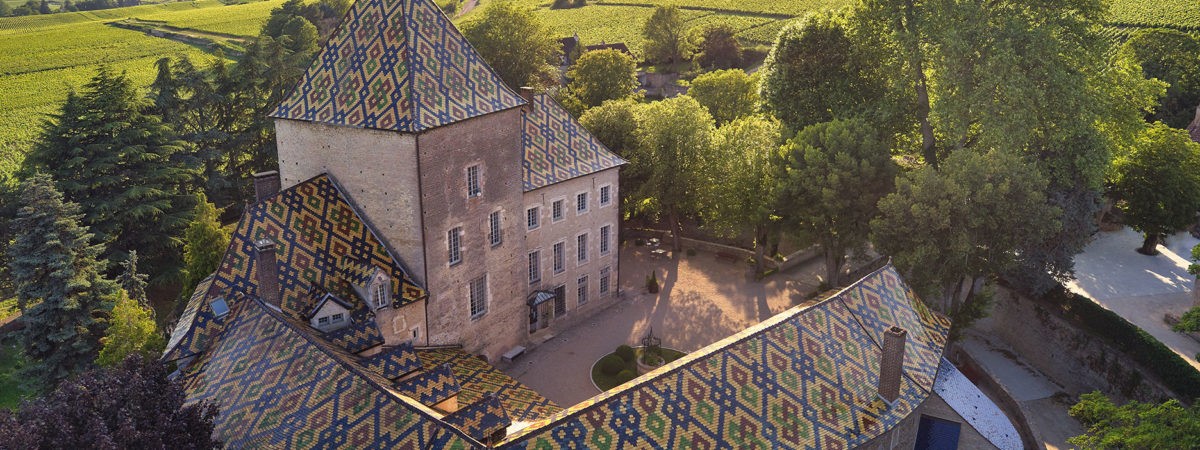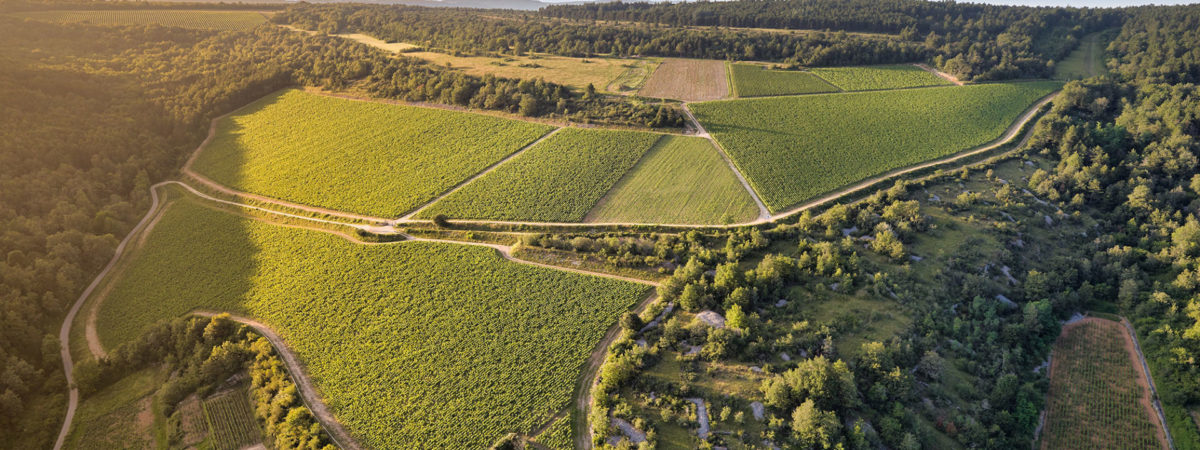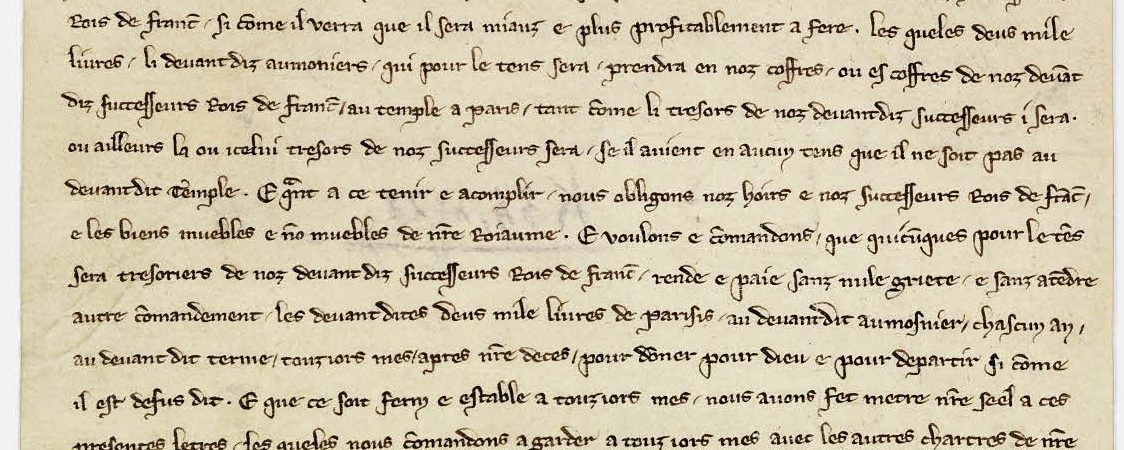Say goodbye to Château de Santenay and hello to Château Philippe le Hardi…
A new style of wine, a new coat of arms, new labels, conversion to organic farming… The change in the Domaine’s name reflects the start of a new chapter in its history.
Managed by the Crédit Agricole since 1997, the château, crowned with its glazed tiles, has 98 hectares of vines, spanning north to south over 60 kilometres, with 35 climats, 17 appellations and 55 wines produced on the three Côtes (Nuits, Beaune, Chalonnaise). Rechristened a few months ago because its name risked causing confusion, it now pays tribute to one of its illustrious owners, Philippe le Hardi (Philip the Bold), Duke of Burgundy in the 14th century. The son of King Jean II (John the Good), Philippe was known as “the Bold” because of his courage during the Hundred Years’ War. We owe him the famous ordinance of 1395 banning the use of “disloyal Gamay” in Burgundy’s red wines in favour of Pinot Noir. A superb team A story that deserves to be put in the spotlight. Sleeping Beauty awakened by a superb team! “We carried out extensive historical research in the departmental archives to find out if it was legitimate to use the name of Philippe le Hardi,” explains Jean-Philippe Archambaud, the Domaine’s director. “Especially since the two brands, Château de Santenay and Château Philippe le Hardi, had coexisted for fifty years.” Something that caused this devotee of varietal wines to raise his brows when he arrived in early 2019. Nor did this situation suit Anne Le Naour, executive director of the Crédit Agricole Grands Crus wine estates (Châteaux Grand Puy Ducasse, Meyney, Clos Saint-Vincent). Furthermore, the château was named after an appellation, but currently owns very few plots of Santenay. This created another inconsistency on labels, for example with the mention of both “Clos de Vougeot” and “Château de Santenay”. Consumers could easily become confused, no longer sure which wine they were drinking… All in all, there were many reasons to make the change. The movement accelerated in March 2019 with the acquisition of 8 hectares in the Côtes de Nuits (a second plot of Clos de Vougeot, Chambolle Musigny Premier Cru, and Gevrey Chambertin Premier Cru).



